Home>Gardening & Outdoor>Landscaping Ideas>When To Plant Grass In Northeast Ohio
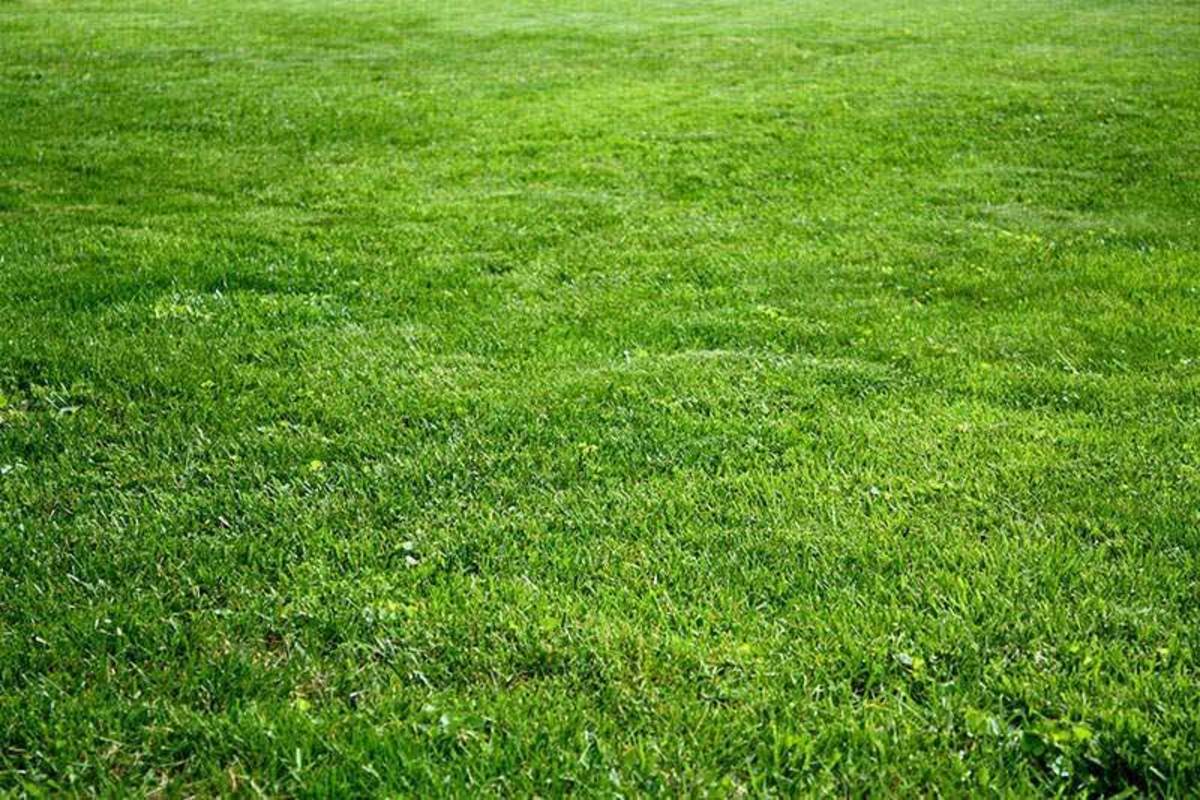

Landscaping Ideas
When To Plant Grass In Northeast Ohio
Modified: March 28, 2024
Find the best time to plant grass in Northeast Ohio and get expert landscaping ideas to achieve a lush, green lawn. Discover the ideal planting season for your landscaping project.
(Many of the links in this article redirect to a specific reviewed product. Your purchase of these products through affiliate links helps to generate commission for Storables.com, at no extra cost. Learn more)
Introduction
Welcome to the beautiful region of Northeast Ohio, where the changing seasons bring a unique set of challenges and opportunities for landscaping enthusiasts. One of the essential elements of any picturesque landscape is a lush, healthy lawn. Whether you’re a seasoned homeowner or a first-time gardener, understanding the nuances of planting grass in this region is crucial to achieving a vibrant and resilient lawn.
In this comprehensive guide, we will delve into the intricacies of planting grass in Northeast Ohio, from the optimal timing for sowing seeds to the meticulous care required for nurturing your lawn. By understanding the local climate, selecting the right grass seed, and implementing best practices for soil preparation and maintenance, you can cultivate a verdant oasis that enhances the natural beauty of this region.
Join us as we explore the best practices for creating and maintaining a flourishing lawn in Northeast Ohio, and discover the joy of transforming your outdoor space into a vibrant and inviting haven.
Key Takeaways:
- Plant grass in Northeast Ohio in early fall for a healthy lawn. The cooler temperatures and increased precipitation create an ideal environment for root growth, making the grass resilient against harsh winter conditions.
- Choose grass seed varieties like Kentucky bluegrass and fine fescue for Northeast Ohio’s climate. These grasses thrive in the region’s temperatures and soil conditions, creating a visually striking and enduring lawn.
Read more: When To Seed Grass In Ohio
Understanding the Climate in Northeast Ohio
Northeast Ohio experiences a diverse and dynamic climate characterized by distinct seasonal changes. The region falls within USDA hardiness zones 5b to 6a, with average annual minimum temperatures ranging from -15°F to 0°F. This climatic variation presents both challenges and opportunities for cultivating a resilient and thriving lawn.
Winters in Northeast Ohio are typically cold and snowy, with temperatures frequently dropping below freezing. The snow cover can provide insulation for the dormant grass, protecting it from extreme cold and fluctuating temperatures. However, the prolonged winter conditions can also lead to snow mold and other cold-related lawn issues.
As spring arrives, the region experiences a gradual transition to milder temperatures, heralding the awakening of nature. Spring in Northeast Ohio is characterized by fluctuating weather patterns, including occasional frosts and rapid temperature changes. These conditions can impact the germination and early growth of grass seed, requiring careful timing and consideration.
Summer brings warm, humid weather to Northeast Ohio, creating favorable conditions for robust grass growth. However, the region may also encounter periods of drought and heat stress, necessitating proper irrigation and maintenance practices to sustain a healthy lawn.
Finally, the arrival of fall signals a return to cooler temperatures and increased precipitation. This season provides an excellent opportunity for establishing new grass and rejuvenating existing lawns, as the soil remains warm while the cooler air reduces the risk of heat stress on young seedlings.
By understanding the nuances of Northeast Ohio’s climate, homeowners and landscapers can adapt their lawn care practices to align with the seasonal changes, maximizing the potential for a lush and resilient grassy landscape.
Best Time to Plant Grass in Northeast Ohio
Choosing the optimal time to plant grass in Northeast Ohio is crucial for establishing a healthy and vibrant lawn. The region’s dynamic climate necessitates strategic planning to ensure the successful germination and growth of grass seed. Understanding the seasonal variations and their impact on grass establishment is essential for achieving a lush and resilient lawn.
Early fall, specifically late August through mid-October, is widely regarded as the best time to plant grass in Northeast Ohio. During this period, the soil retains residual warmth from the summer months, creating favorable conditions for seed germination and root development. Additionally, the cooler air temperatures reduce the risk of heat stress on young seedlings, promoting healthy growth.
Planting grass in early fall allows the seedlings to establish strong root systems before the onset of winter. The moderate temperatures and increased precipitation in the fall season provide an ideal environment for root growth, enabling the grass to develop resilience against the harsh winter conditions.
While early fall is the preferred planting window, late spring, from mid-April to early June, also presents an opportunity for sowing grass seed in Northeast Ohio. However, this timeframe requires careful consideration of potential temperature fluctuations and the risk of heat stress on emerging seedlings. Adequate irrigation and monitoring of soil moisture levels are essential during the early spring planting period to support successful germination and establishment.
It is important to avoid planting grass during the hot summer months, as the high temperatures and potential drought conditions can hinder the germination and survival of grass seed. Similarly, late fall planting should be approached with caution, as the soil may become too cold for optimal seed germination and root development before the onset of winter dormancy.
By strategically timing the planting of grass seed in Northeast Ohio, homeowners and landscapers can harness the seasonal dynamics to establish a resilient and visually captivating lawn that thrives throughout the year.
Preparing the Soil for Planting
The foundation of a healthy and vibrant lawn in Northeast Ohio lies in the meticulous preparation of the soil. By addressing soil quality and structure before planting grass seed, homeowners and landscapers can create an optimal environment for successful germination, robust root development, and long-term grass health.
Before embarking on the soil preparation process, it is essential to assess the existing soil conditions, including its texture, drainage capabilities, and nutrient levels. Northeast Ohio soils often exhibit variations in composition, ranging from clayey to loamy, with differing drainage characteristics. Conducting a soil test can provide valuable insights into the pH levels, nutrient content, and potential deficiencies, guiding the formulation of an effective soil amendment strategy.
One of the primary considerations in soil preparation is the cultivation of a well-aerated and loose seedbed. This can be achieved by tilling the soil to a depth of 4 to 6 inches, breaking up compacted areas and facilitating the penetration of air, water, and roots. Additionally, the removal of debris, rocks, and existing vegetation can create a clean and receptive canvas for seeding.
Aeration, either through mechanical means or the incorporation of organic matter, plays a crucial role in enhancing soil structure and promoting root growth. The addition of compost, peat moss, or well-decomposed organic materials can improve soil texture, moisture retention, and nutrient availability, fostering an environment conducive to healthy grass establishment.
Addressing soil pH and nutrient deficiencies is paramount in preparing the soil for planting. Based on the results of a soil test, the application of lime to adjust pH levels and the targeted supplementation of essential nutrients, such as nitrogen, phosphorus, and potassium, can optimize the soil composition for grass growth. Furthermore, the incorporation of a high-quality starter fertilizer prior to seeding can provide the initial nourishment needed for young grass plants.
Finally, proper soil compaction management is essential to prevent the formation of dense layers that impede root penetration and water infiltration. Utilizing a roller to achieve a firm, yet not overly compacted, seedbed can create an ideal foundation for successful grass establishment.
By dedicating attention to soil preparation, individuals can lay the groundwork for a resilient and flourishing lawn in Northeast Ohio, setting the stage for the successful germination and growth of grass seed.
The best time to plant grass in Northeast Ohio is in the late summer or early fall, typically from mid-August to mid-September. This allows the grass to establish strong roots before the winter.
Choosing the Right Grass Seed
Selecting the appropriate grass seed is a pivotal decision that directly influences the appearance, resilience, and maintenance requirements of a lawn in Northeast Ohio. The region’s climate and soil conditions necessitate a thoughtful approach to grass seed selection, considering factors such as hardiness, drought tolerance, and aesthetic preferences.
When choosing grass seed for Northeast Ohio, it is essential to prioritize cool-season grass varieties that thrive in the region’s temperate climate. Common options include Kentucky bluegrass, fine fescue, perennial ryegrass, and tall fescue, each offering unique characteristics suited to specific lawn requirements.
Kentucky bluegrass, known for its fine texture and rich green color, is a popular choice for lawns in Northeast Ohio. It exhibits excellent cold tolerance and resilient growth habits, making it well-suited for the region’s climate. Additionally, its self-repairing capabilities contribute to a visually appealing and resilient lawn surface.
Fine fescue varieties, including creeping red fescue and chewings fescue, are valued for their shade tolerance and low maintenance requirements. These grasses thrive in the cooler temperatures of Northeast Ohio and provide an attractive, fine-textured lawn appearance, particularly in areas with limited sunlight.
Perennial ryegrass is recognized for its rapid germination and establishment, making it a valuable component in grass seed blends for quick lawn coverage. Its lush, dark green foliage and tolerance to heavy foot traffic enhance the overall resilience and visual appeal of Northeast Ohio lawns.
Tall fescue, characterized by its deep root system and drought tolerance, offers robust performance in Northeast Ohio’s variable climate. This grass variety excels in withstanding heat stress and exhibits remarkable adaptability to diverse soil conditions, contributing to the longevity and durability of the lawn.
Blending multiple grass seed varieties can leverage the strengths of each species, creating a diverse and resilient lawn that thrives in the face of seasonal challenges. By incorporating a balanced mixture of grasses tailored to the specific requirements of the landscape, homeowners can achieve a visually striking and enduring lawn in Northeast Ohio.
Read more: When To Plant Mums In Ohio
Planting and Caring for Grass in Northeast Ohio
Planting and caring for grass in Northeast Ohio requires a strategic approach that aligns with the region’s dynamic climate and seasonal variations. From the meticulous sowing of grass seed to the ongoing maintenance practices, nurturing a resilient and visually captivating lawn demands attention to detail and an understanding of local environmental factors.
When planting grass seed in Northeast Ohio, it is essential to prepare the soil meticulously, as discussed earlier, to create an optimal environment for successful germination and root development. Following soil preparation, evenly distributing the grass seed using a broadcast spreader ensures uniform coverage, promoting consistent growth and density across the lawn surface.
After seeding, gently raking the soil or using a roller can facilitate seed-to-soil contact, aiding in germination and the establishment of young seedlings. Adequate irrigation is critical during the initial stages, maintaining consistent moisture levels without causing waterlogging, which can impede germination and root growth.
As the grass seedlings emerge and mature, monitoring soil moisture and providing light, frequent irrigation becomes essential, particularly during periods of limited rainfall. Deep, infrequent watering promotes strong root development, enhancing the grass’s resilience to drought and heat stress, common challenges in Northeast Ohio’s climate.
Regular mowing, following the one-third rule—removing no more than one-third of the grass blade’s height at a time—supports healthy growth and encourages a dense, lush lawn. Additionally, core aeration and overseeding in the fall can rejuvenate the lawn, alleviate soil compaction, and introduce new grass seed to replenish any thin or bare areas.
Applying a balanced fertilizer in the fall nourishes the grass and fortifies its resilience against winter conditions, while spring fertilization supports vigorous growth and vibrant color. Furthermore, proactive weed control measures, such as targeted herbicide applications and diligent manual removal, help maintain the lawn’s pristine appearance and prevent invasive species from encroaching.
Throughout the year, attentive lawn care practices, including dethatching, soil testing, and pest management, contribute to the long-term health and beauty of the grassy landscape. By embracing a holistic approach to lawn care and adapting practices to the seasonal nuances of Northeast Ohio, homeowners can cultivate a resilient, lush lawn that enhances the natural splendor of the region.
Conclusion
As we conclude our exploration of planting and caring for grass in Northeast Ohio, it becomes evident that the region’s diverse climate and seasonal variations present both challenges and opportunities for cultivating a thriving and visually captivating lawn. By understanding the intricacies of Northeast Ohio’s climate, selecting the right grass seed, and implementing best practices for soil preparation and maintenance, homeowners and landscapers can create a resilient and verdant oasis that enhances the natural beauty of the region.
The careful timing of grass planting, particularly in the early fall, provides an ideal window of opportunity for establishing a healthy lawn, leveraging the residual warmth of the soil and the favorable conditions for seed germination and root development. Thoughtful soil preparation, including aeration, amendment, and compaction management, sets the stage for successful grass establishment and long-term resilience.
Choosing the appropriate grass seed varieties, tailored to the specific requirements of Northeast Ohio’s climate and soil conditions, contributes to the creation of a diverse, resilient lawn that thrives in the face of seasonal challenges. Additionally, diligent planting and ongoing care practices, such as proper irrigation, regular mowing, and proactive maintenance, are essential for nurturing a lush and visually striking lawn throughout the year.
By embracing a holistic approach to lawn care and adapting practices to the seasonal nuances of Northeast Ohio, individuals can transform their outdoor spaces into vibrant, inviting havens that reflect the unique splendor of the region. The joy of witnessing a lush, healthy lawn flourishing amidst the seasonal transitions is a testament to the harmonious coexistence between nature’s beauty and human stewardship.
As you embark on your journey of planting and caring for grass in Northeast Ohio, may this guide serve as a source of inspiration and practical wisdom, empowering you to create and maintain a landscape that embodies the resilience and natural allure of this remarkable region.
Frequently Asked Questions about When To Plant Grass In Northeast Ohio
Was this page helpful?
At Storables.com, we guarantee accurate and reliable information. Our content, validated by Expert Board Contributors, is crafted following stringent Editorial Policies. We're committed to providing you with well-researched, expert-backed insights for all your informational needs.
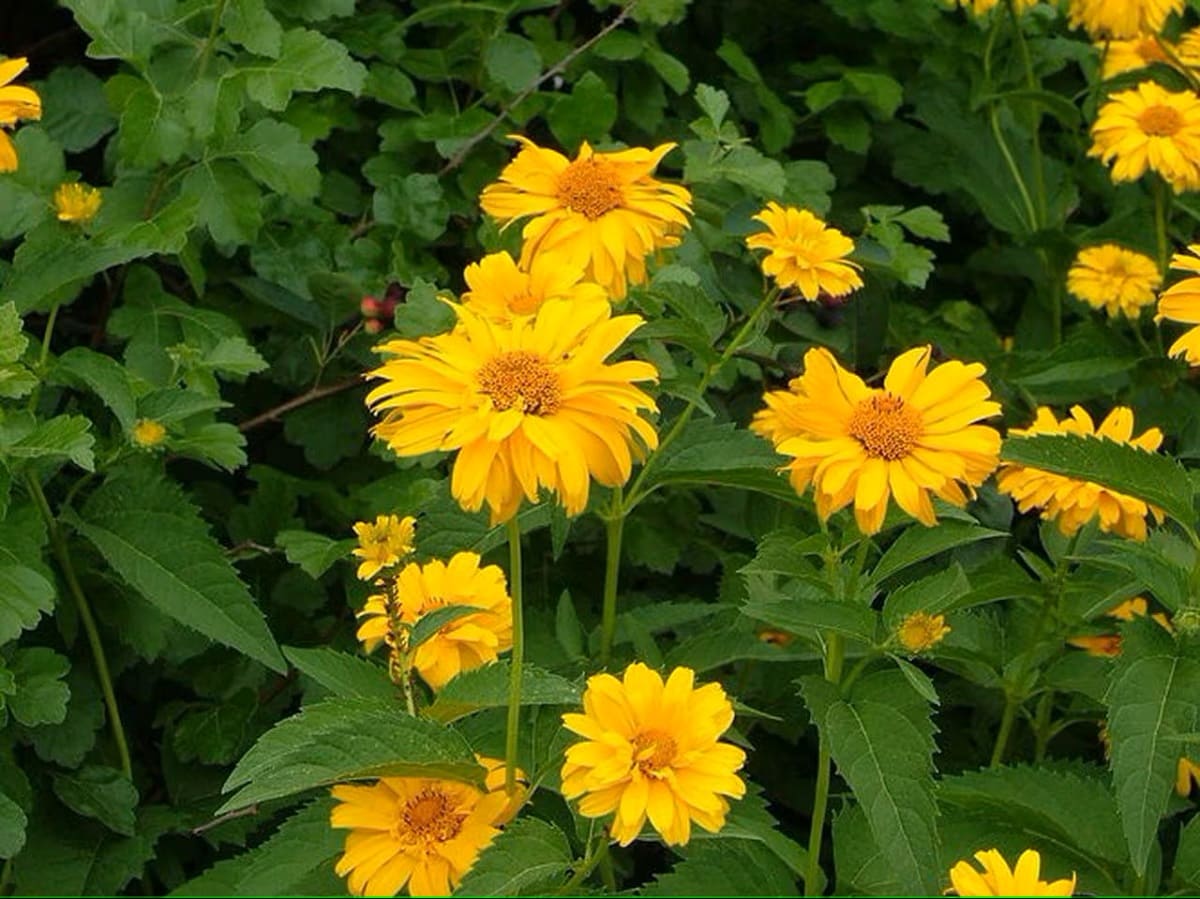
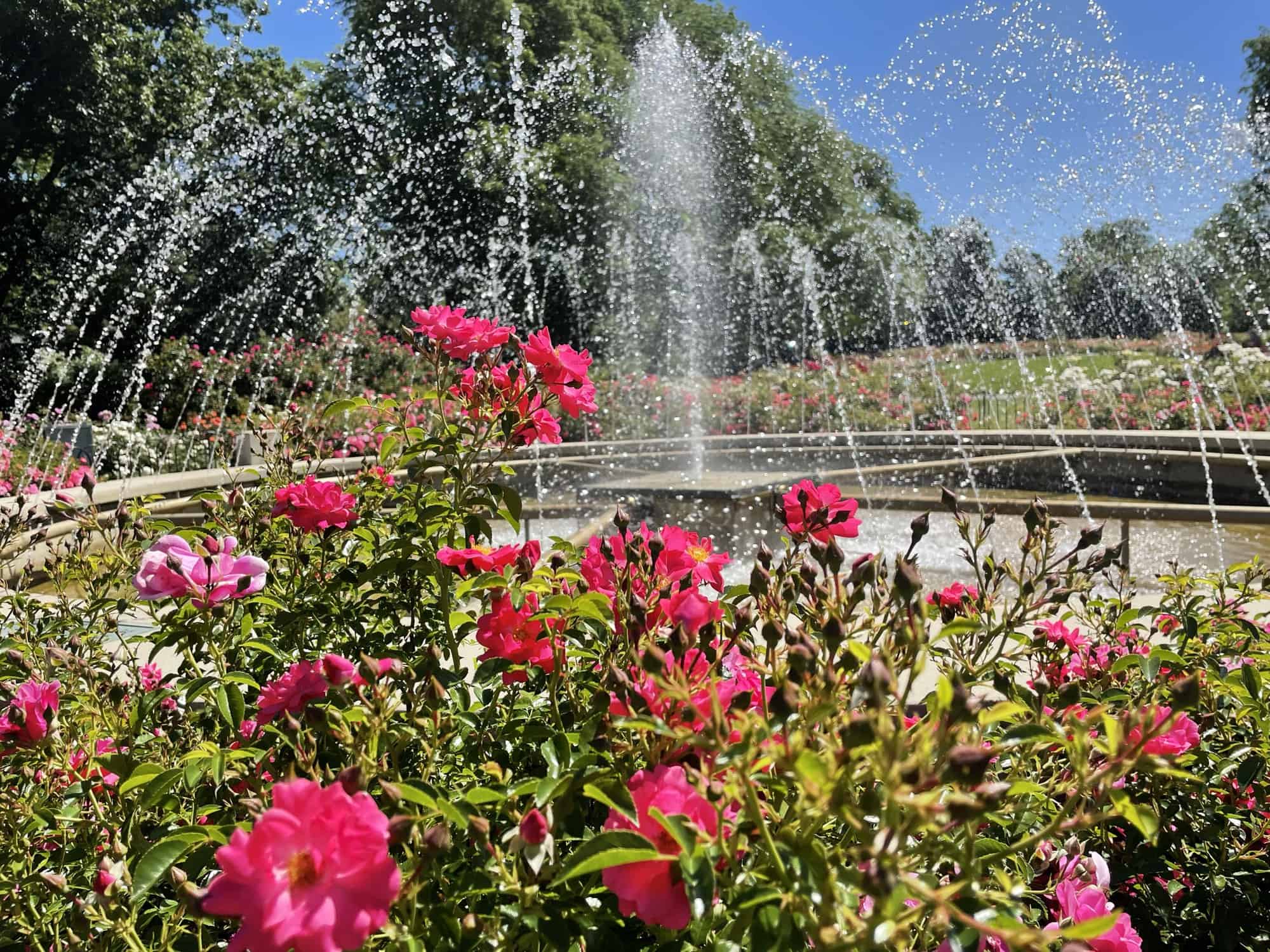
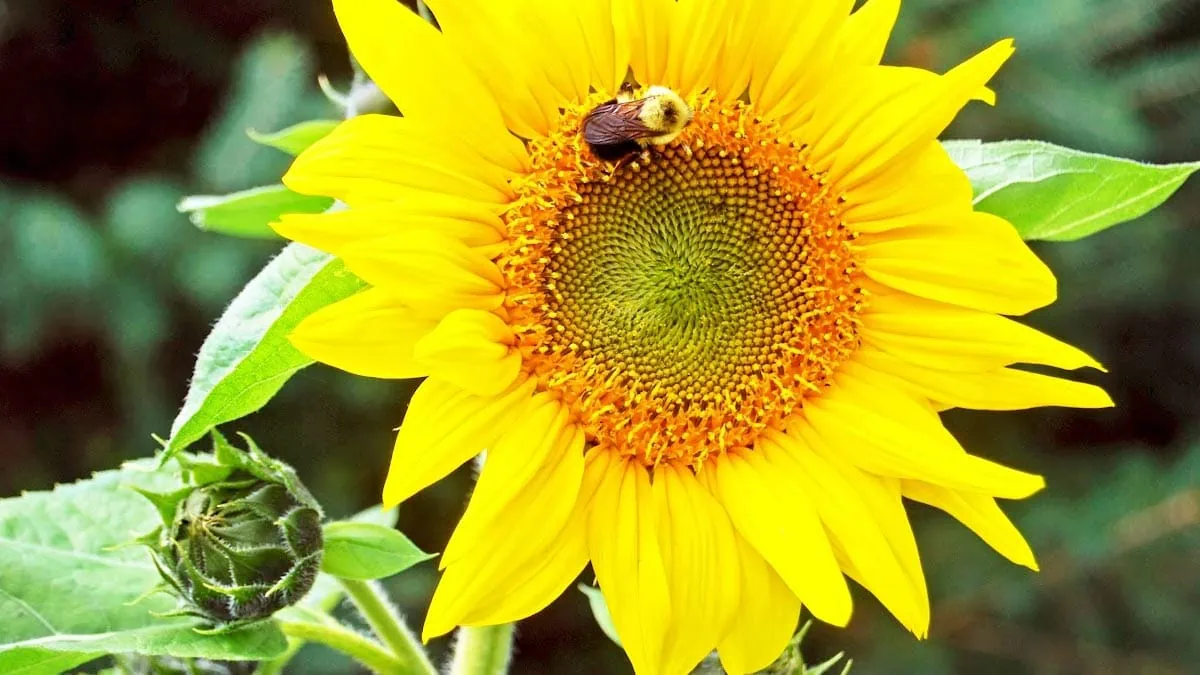
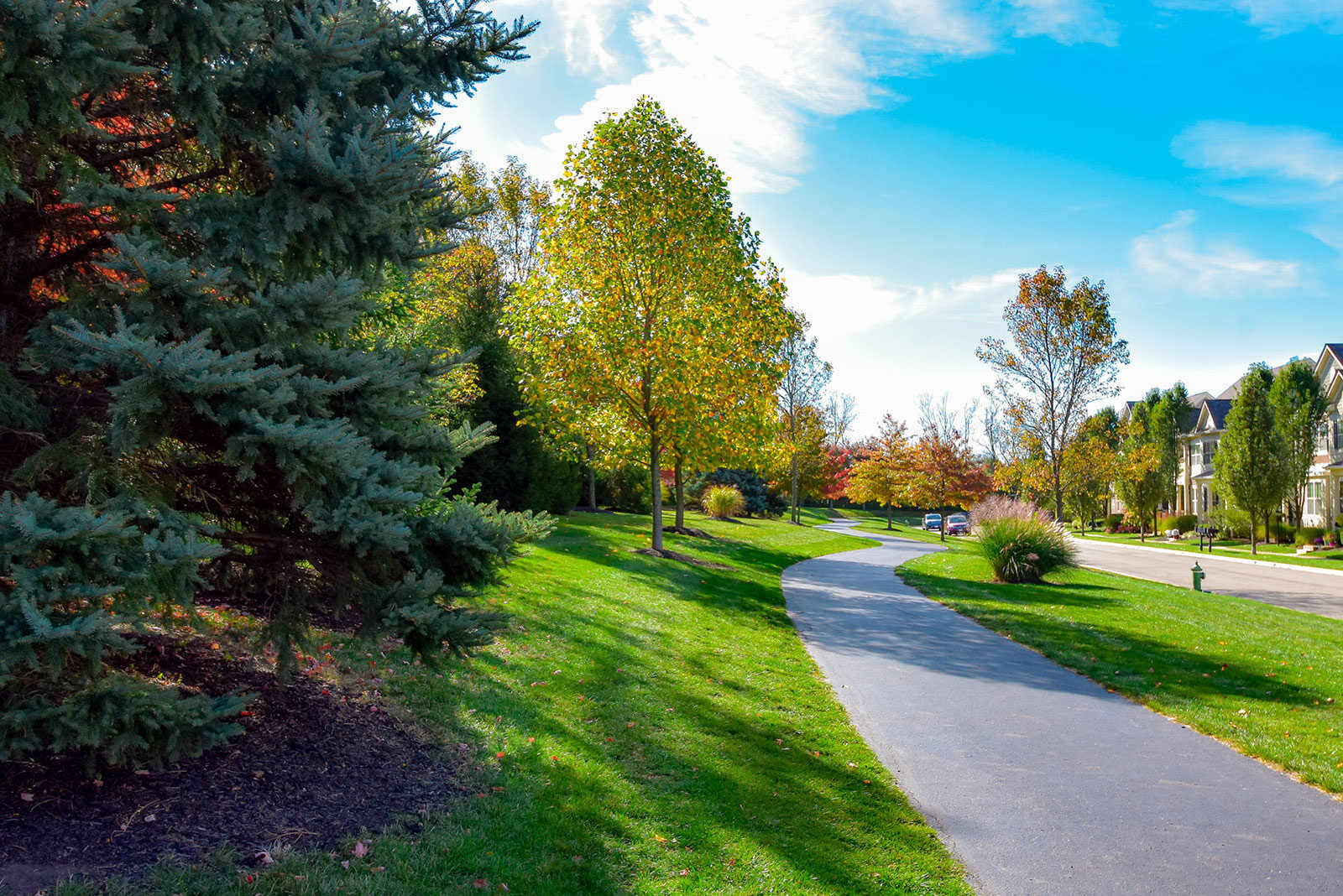
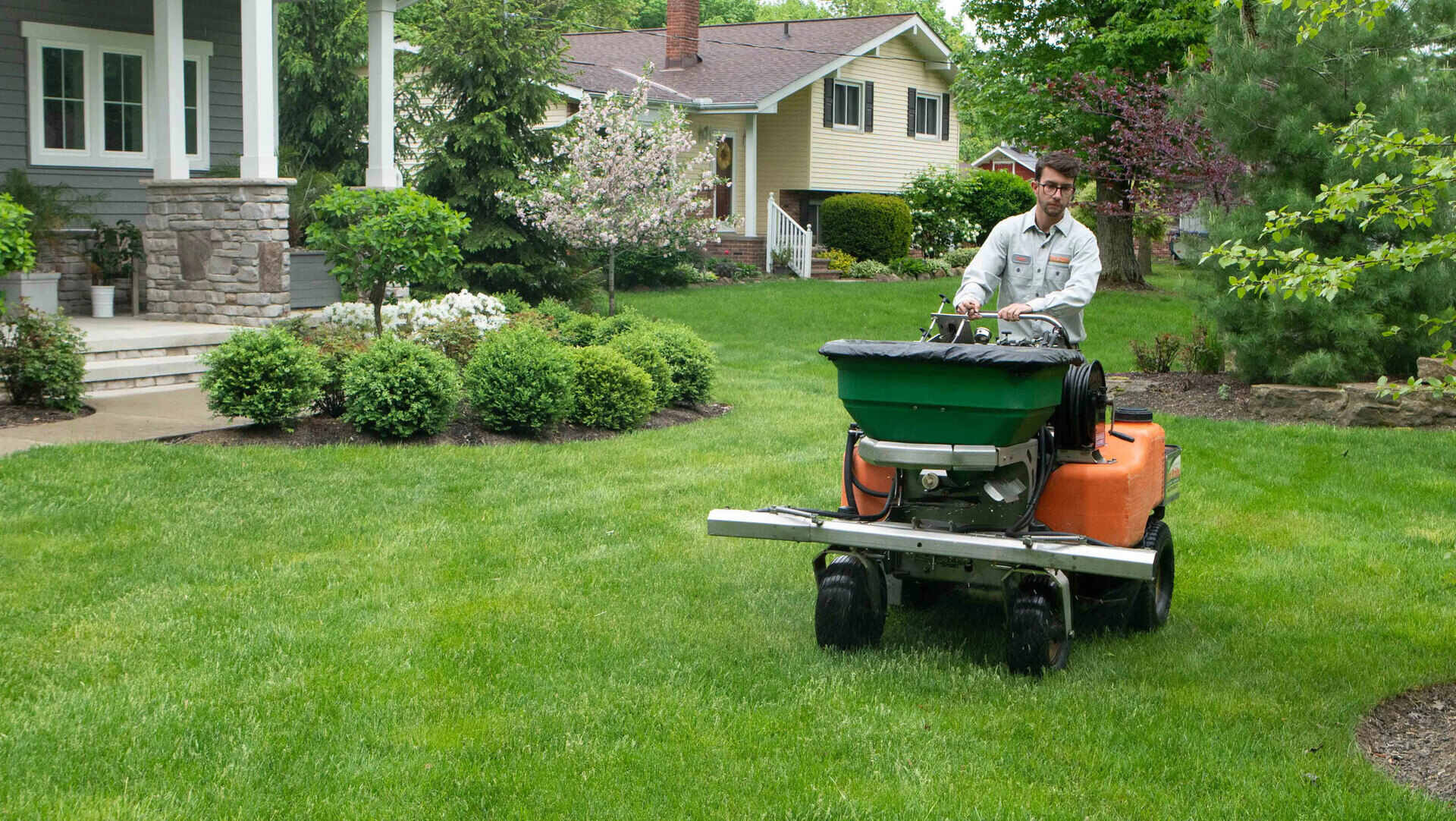
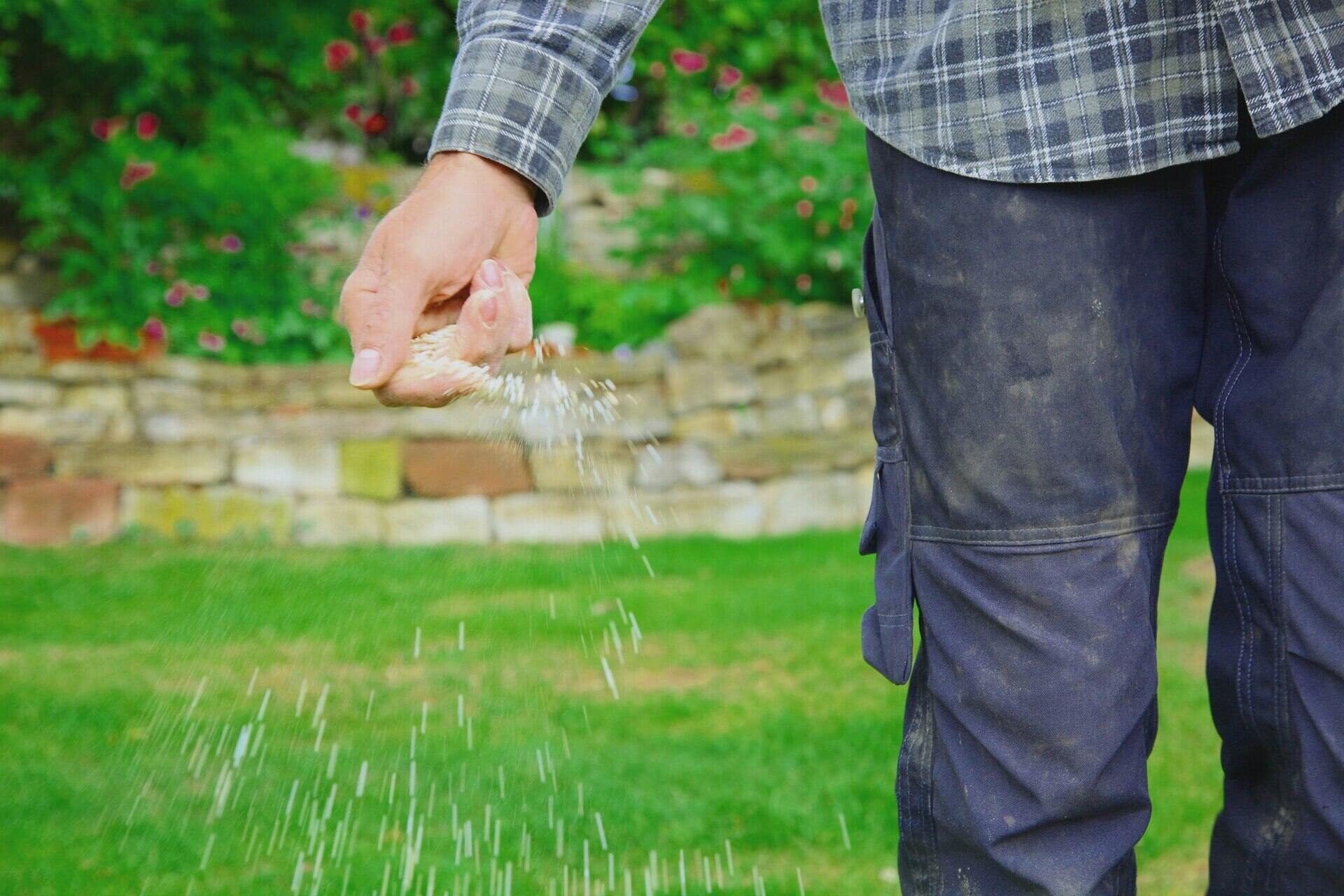

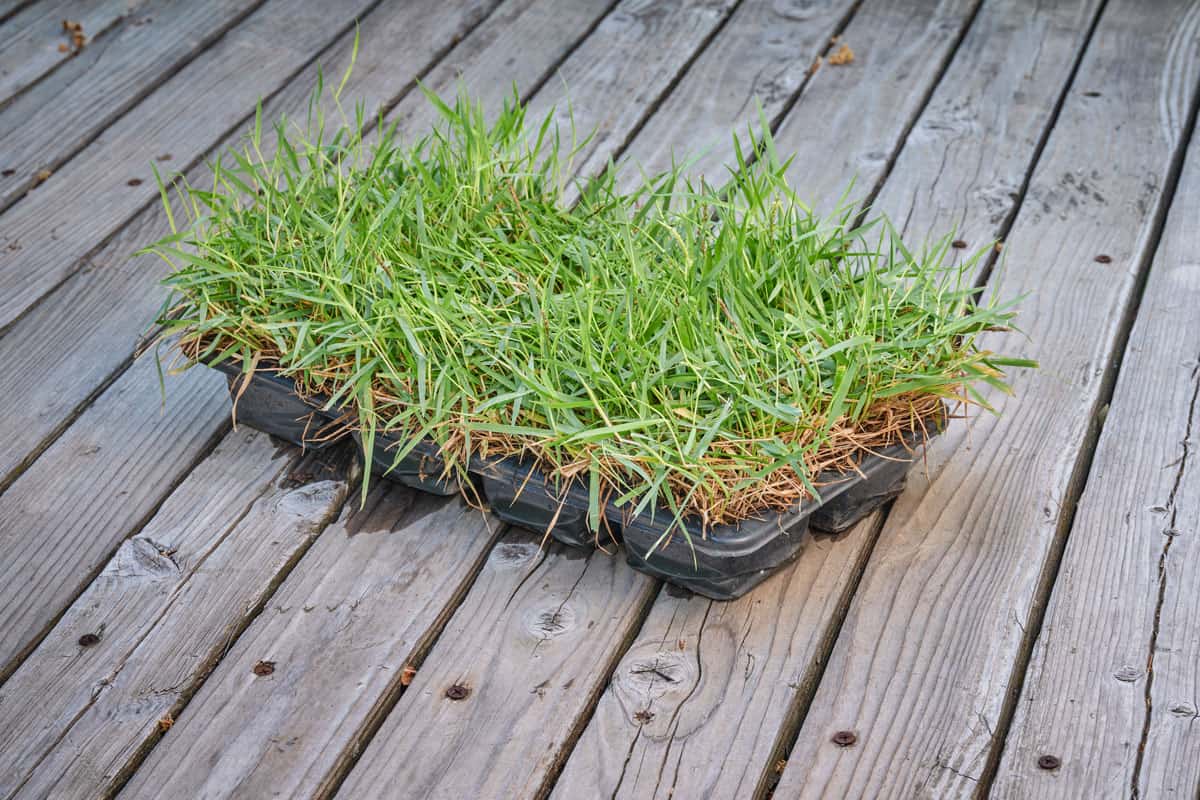
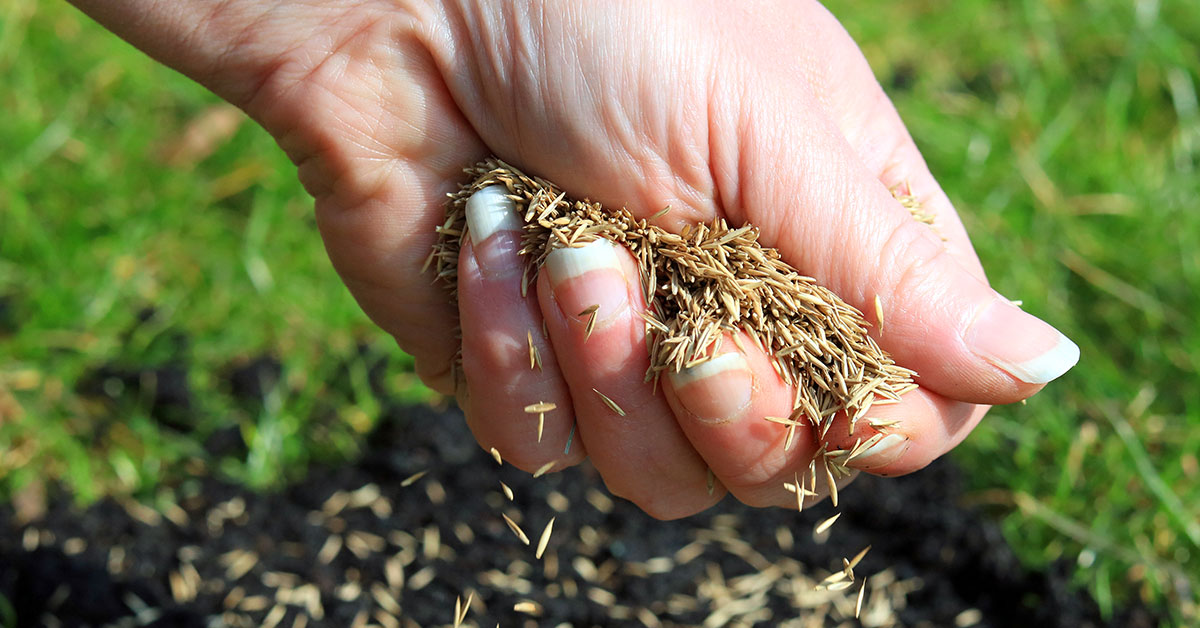
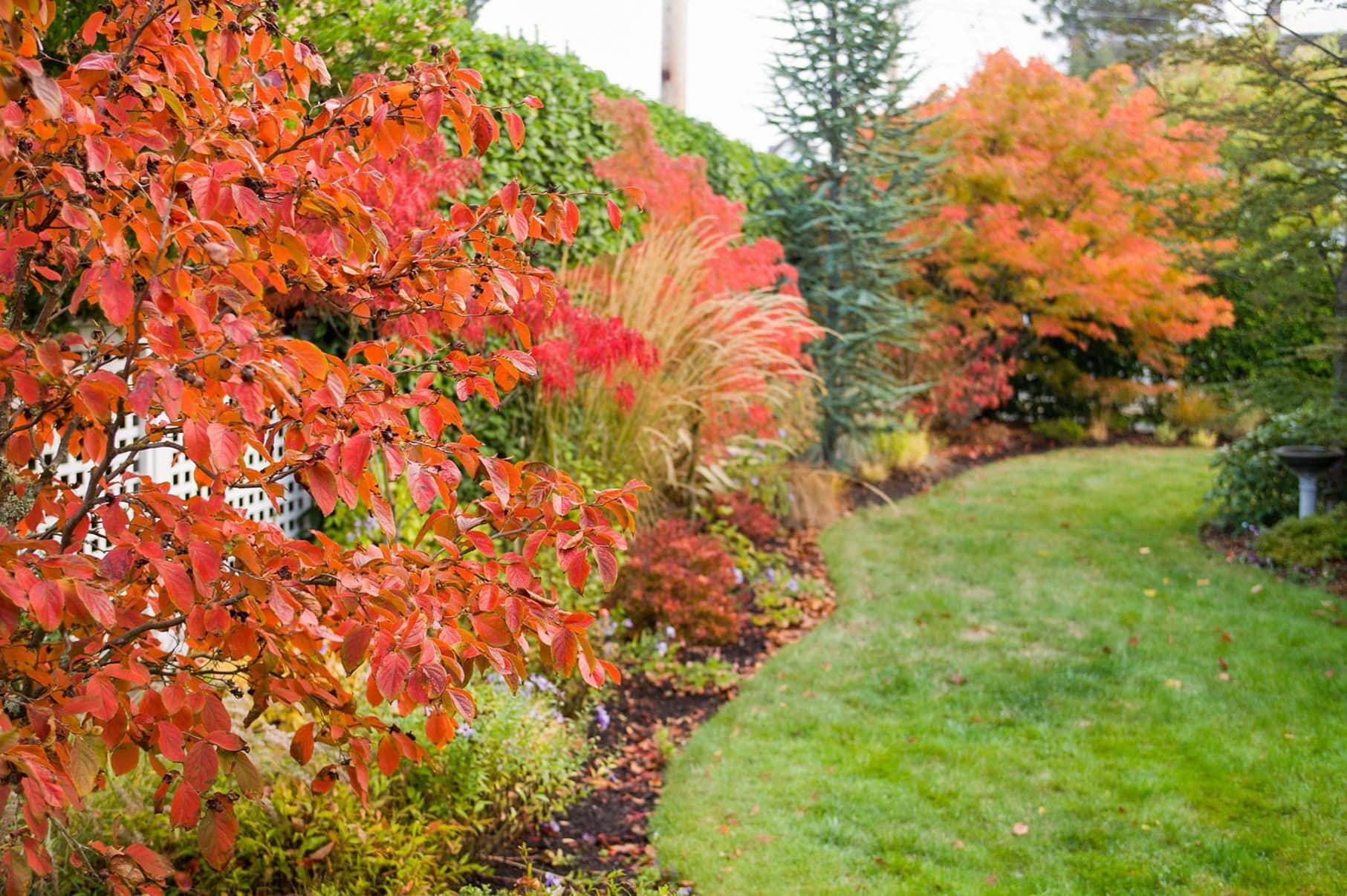

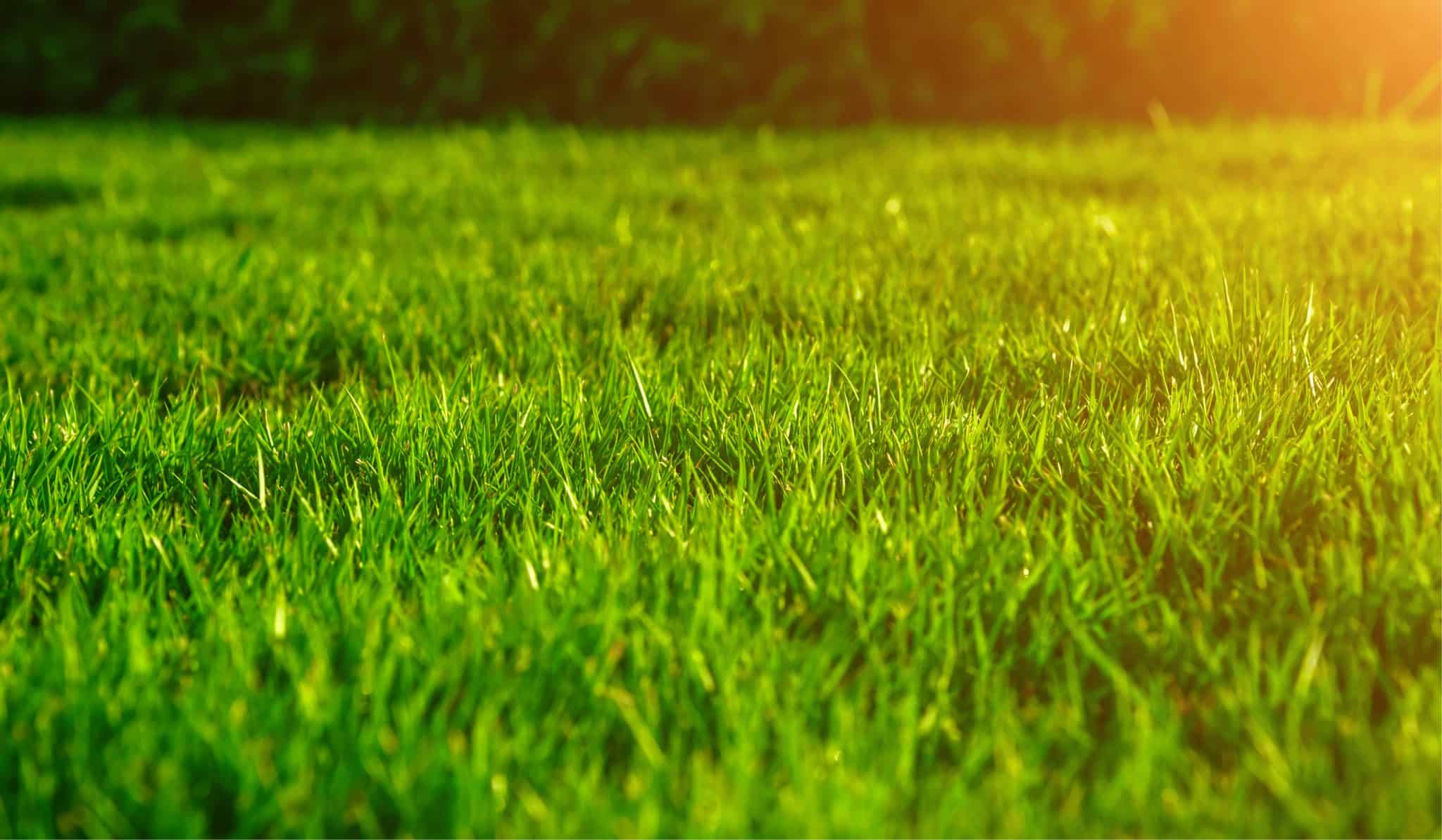
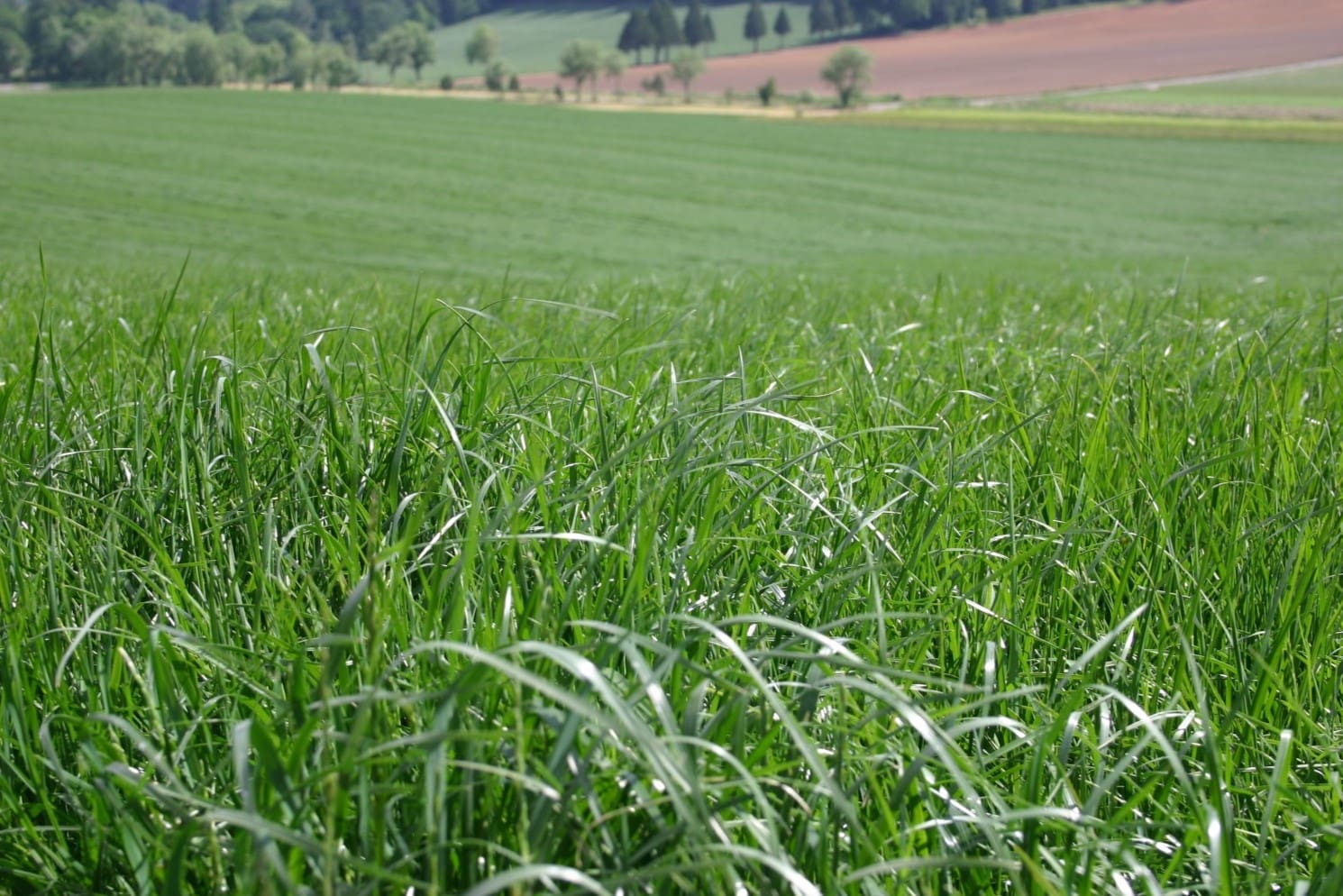
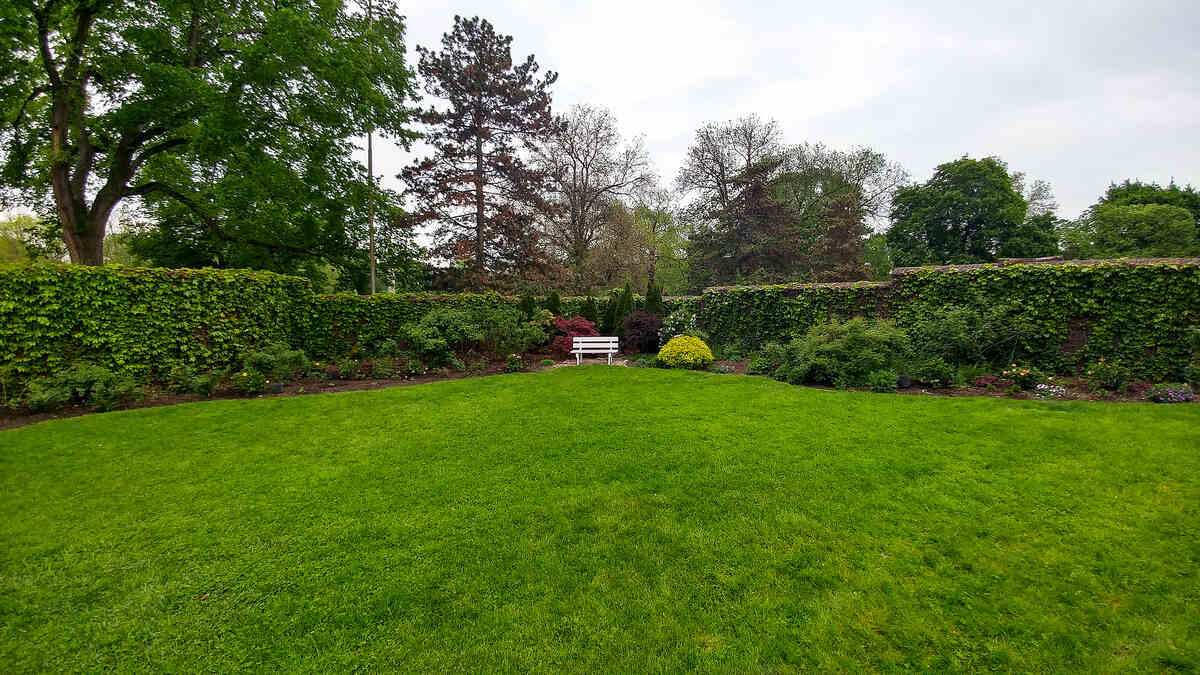

0 thoughts on “When To Plant Grass In Northeast Ohio”